Assessment of New Technology Such as Devices and Materials
(TC61) Management Of Complex Auto-Transplantation Cases Using Printed 3D Models and Teeth
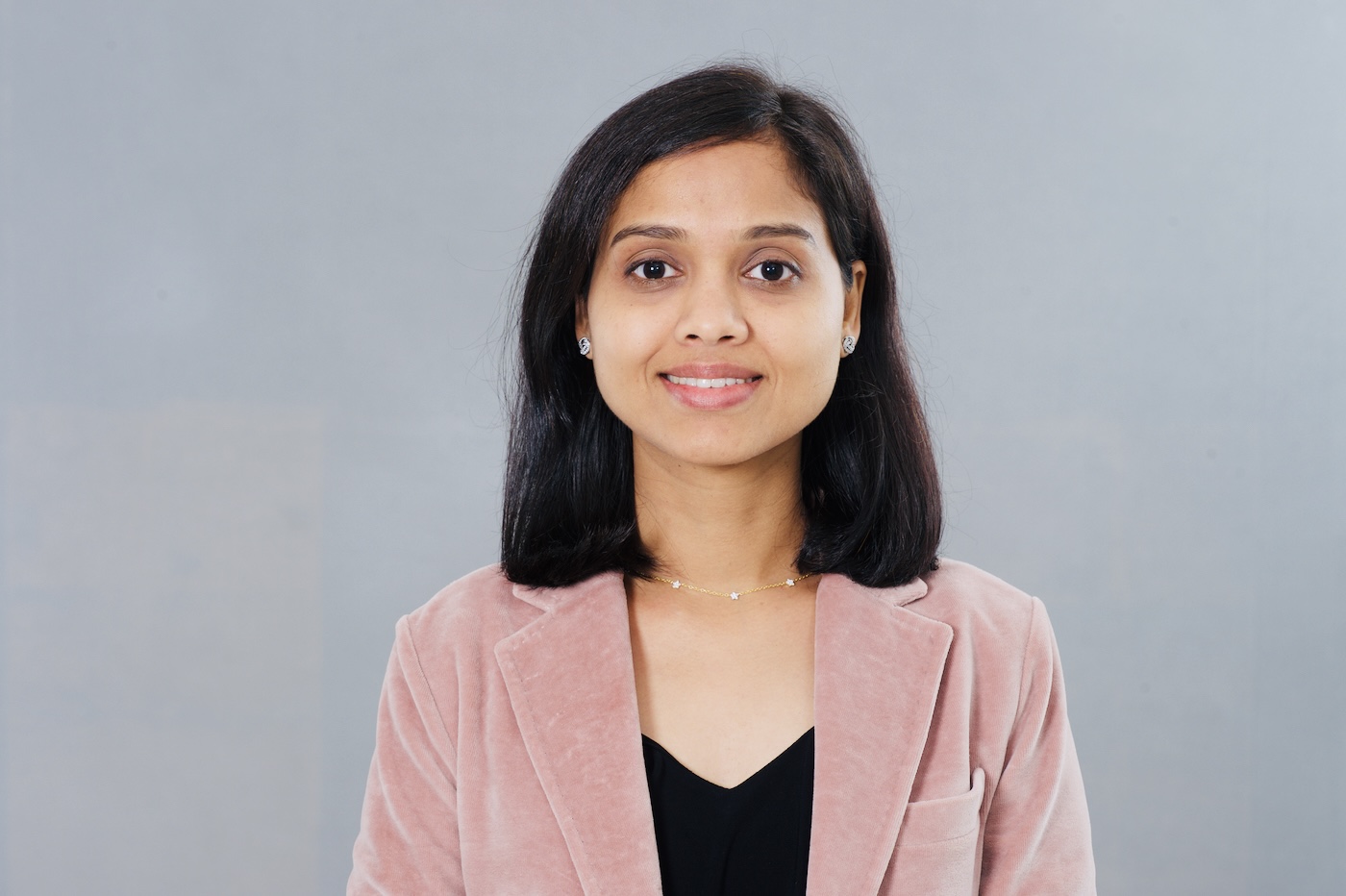
Anuprabha Shrivastava, D.D.S., B.D.S., M.D.S.
Endo Resident
University of the Pacific Arthur A. Dugoni School of Dentistry
San Francisco, California, United States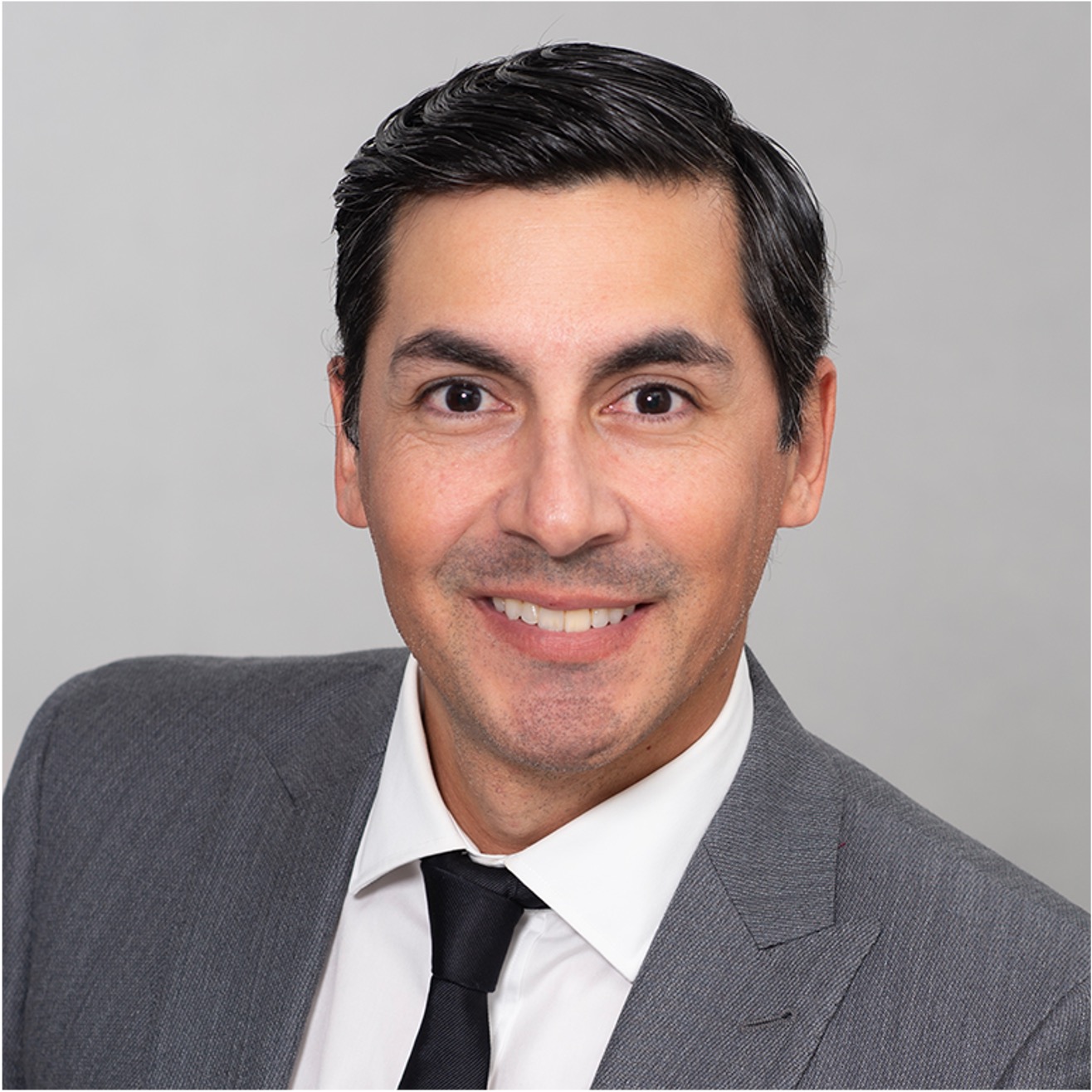
Gabriel Murphy, D.D.S., M.S.
Endo Resident
University of the Pacific Arthur A. Dugoni School of Dentistry
San Francisco, California, United States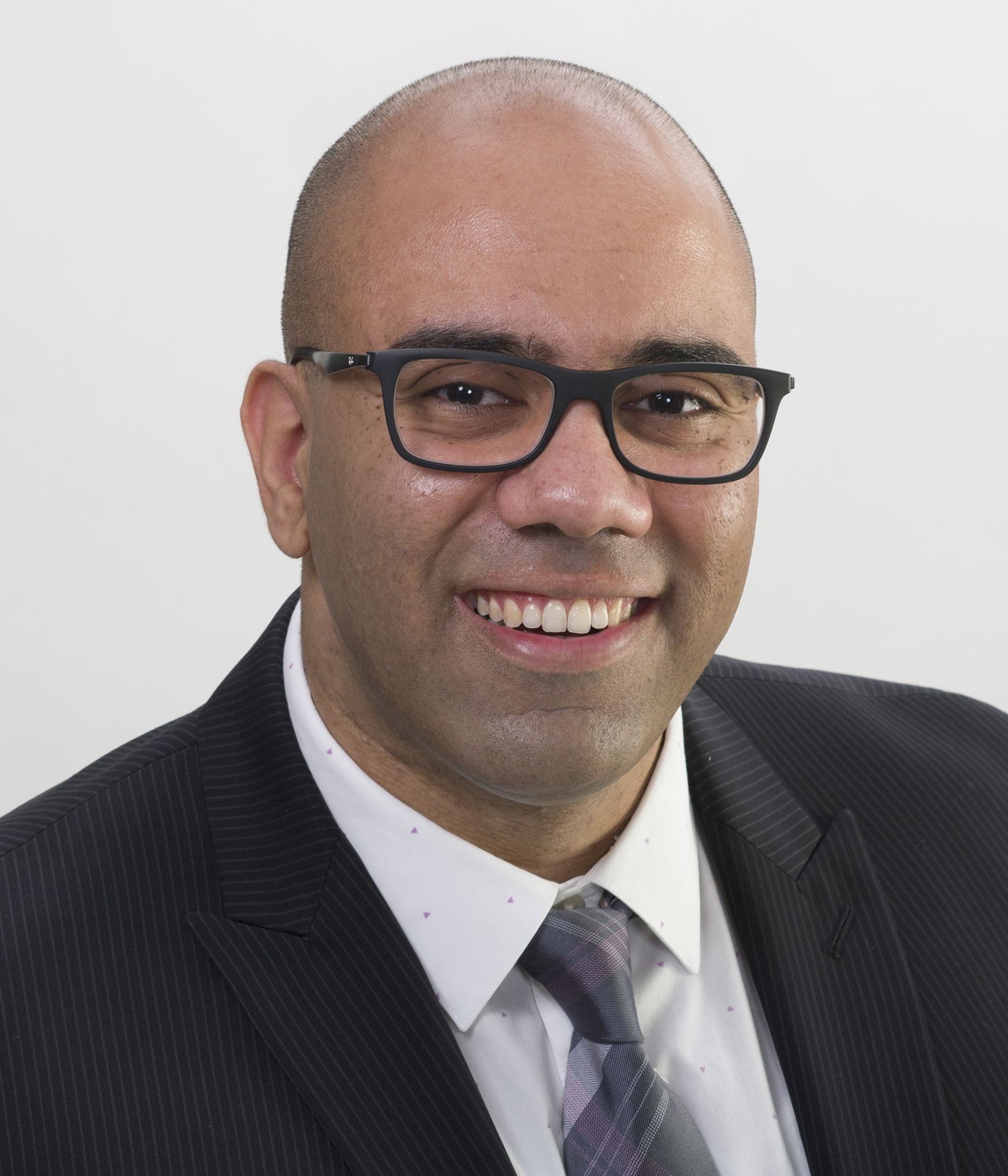
Amro Elkhatieb, D.D.S., B.D.S.
Endodontics Chief Resident
San Francisco, California, United States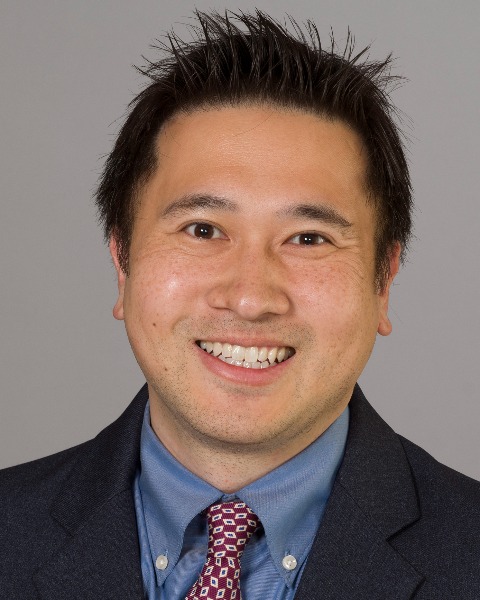
Gordon Lai, D.D.S., M.S.D.
Assistant Clinical Professor
University of the Pacific Arthur A. Dugoni School of Dentistry
San Francisco, California, United States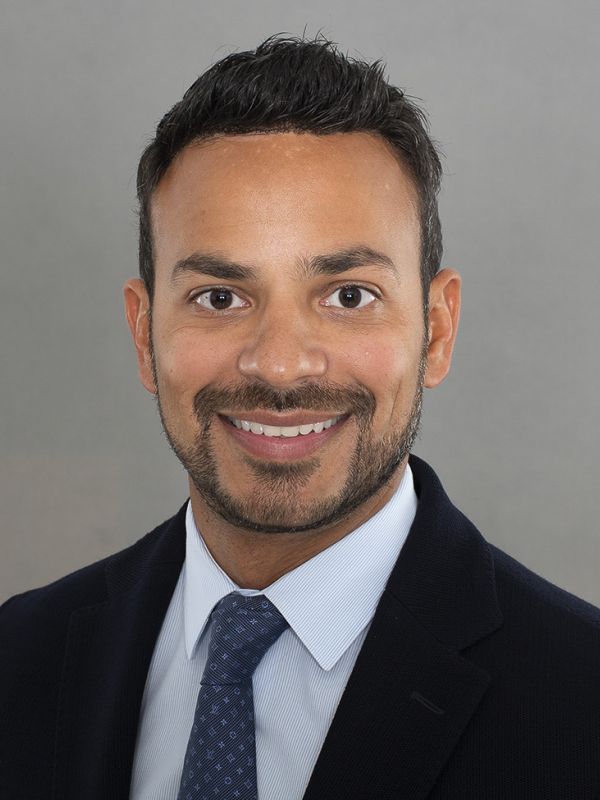
Adham A. Azim, D.D.S., B.D.S.
Associate Professor / Department Chair
University of the Pacific Arthur A. Dugoni School of Dentistry
SF, California, United States
Presenter(s)
Co-Author(s)
Auto-transplantation of immature third molars is a viable alternative to replacing non-restorable first molars in young patients. Alternative options include orthodontic movement or dental implants, which can be difficult, costly, or contraindicated in this age group. The process involves extracting the impacted third molar and immediately transplanting it into the prepared first molar site to minimize extra-oral time and to allow for the tooth to continue to grow. The procedure, however, is associated with technical challenges, particularly when these third molars are impacted, or adjacent to vital structures. In the presence of multiple third molars available for auto transplantation, choosing the most suitable tooth to fit the site can be difficult to decide prior to extraction.
In this table clinic, we are presenting the workflow for 2 clinical cases of auto-transplantation using 3D planning and printing. The teeth transplanted were immature, impacted third molars. 3D printing of the teeth and jaws prior to the surgery enabled the clinicians to determine the optimal tooth to transplant, the amount of bone needed to be removed to extract the third molar, and the socket adjustment needed prior to the operation. This approach reduced the chances of error, increased the precision & predictability and reduced the extra-oral time. Short-term follow-up reveals promising outcomes, demonstrating complete tooth stability and positive soft and hard tissue remodeling.

.png)
.png)
.png)
.png)